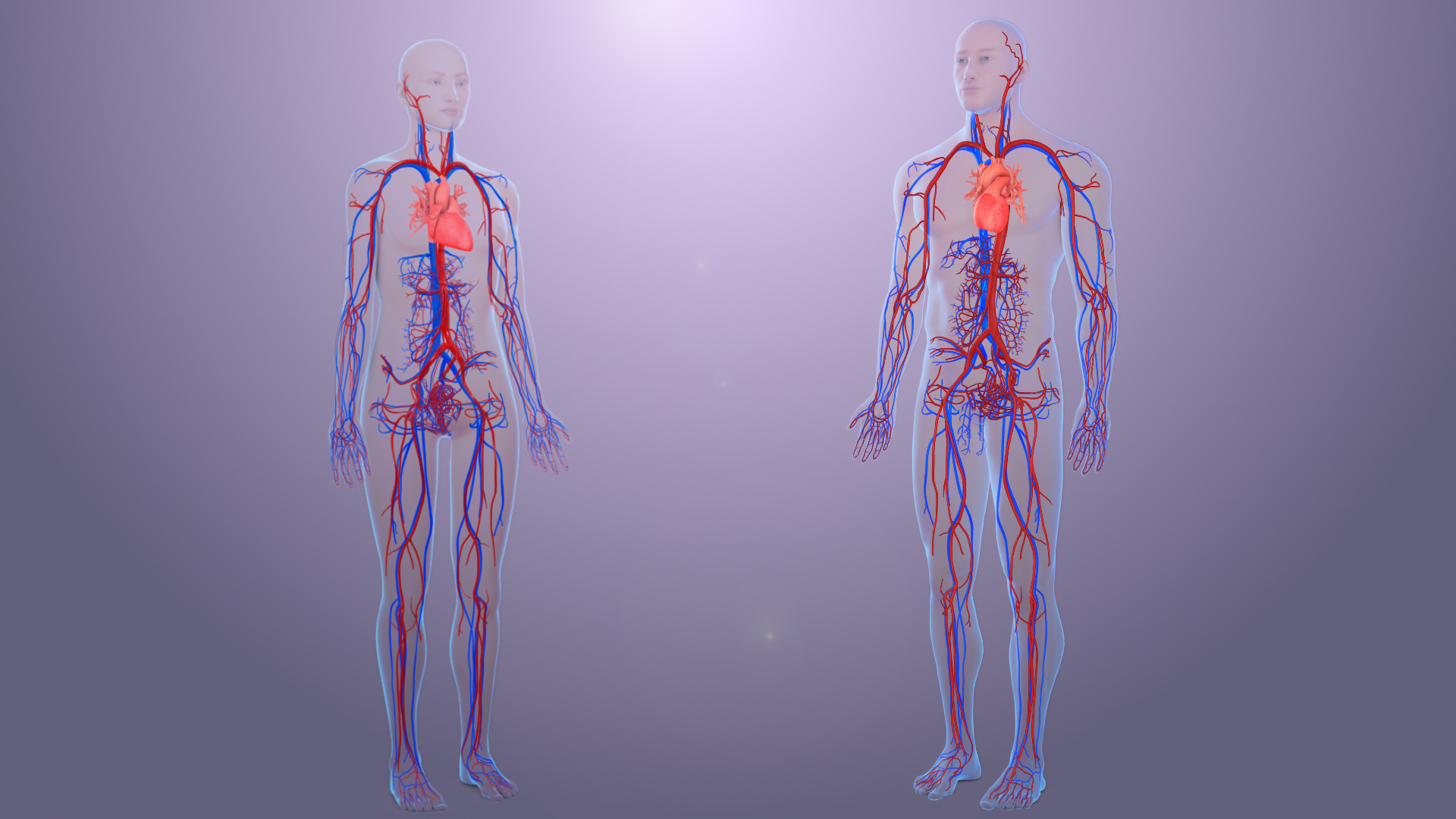The circulatory system is also called the vascular system. It is an organ system that allows blood to circulate and transports oxygen, nutrients, hormones, and blood cells to and from the various cells in the body, and removes the waste products. It provides nourishment to the body, helps in maintaining the body temperature, maintains a balance among all the systems in the body, and helps in fighting diseases. The circulatory system keeps us alive and healthy.
The social and behavioural symptoms of asperger syndrome begin as early as infancy. But most cases are identified when the child is at school going age. Most common signs and symptoms in people diagnosed with asperger syndrome are ::
The circulatory system is made up of many circuits, outlined below:
- Pulmonary circulation
- In this circulation system, the blood vessels develop a closed circuit between the heart and the lungs.
- Systemic circulation
- It is the circuit of vessels that supplies oxygenated blood to and returns the deoxygenated blood from the body tissues.
- Coronary circuit
- It is the circulation of blood in the blood vessels which supply the heart muscle (also known as myocardium).
Working of the circulatory system
The circulatory system is an organized network. This network is made up of blood, blood vessels, and the heart. The heart acts as a pump in the circulatory system and that is why it is made up of cardiac muscle tissue. It is divided into four chambers. The chambers are called ventricles and atria. On each side of the heart there is a ventricle and an atrium. The ventricles pump the blood and the atria receive blood. It includes the pulmonary circulation, a "loop" passing through the lungs where blood is reoxygenated; and the systemic circulation, a "loop" through the rest of the body to provide oxygenated blood. The systemic circulation also function in two parts – macrocirculation and microcirculation. A typical adult has approximately 4.7-5.7 litres of blood which accounts for 7% of the total body weight. The blood is composed of plasma, platelets, white blood cells, and red blood cells. The digestive system works alongside the circulatory system to provide the nutrients the system requires to keep the heart pumping.
The four major components of the circulatory system are:
Circulatory system diseases
- Heart: The heart keeps the circulatory system working at all times because of the constant pumping it performs. It is made of cardiac muscle tissues that allows it to act as a pump for the circulatory system.The human heart is divided into four chambers, one atrium and one ventricle on both sides of the heart.
- Arteries: They usually carry oxygenated blood and veins usually carry deoxygenated blood. This is true most of the time except in the cases of the pulmonary arteries and pulmonary veins. The pulmonary arteries carry deoxygenated blood away from the heart and pulmonary veins carry oxygenated blood to the heart.
- Veins: Almost all Veins carry deoxygenated blood from the tissues back to the heart; exceptions are the pulmonary and umbilical veins, both of these veins carry oxygenated blood to the heart.
- Blood: The blood is used to transport oxygen, hormones, nutrients, antibodies to all the parts of the body to keep it healthy. Veins can appear blue as we see them through our skin, leading some people to believe that deoxygenated blood is blue which is not true!
Heart disease is a circulatory system disease. Heart disease is a term that covers many diseases such as strokes, heart attacks, arteriosclerosis, aneurysm, and hypertension. Heart disease is one of the most common causes of death among people in the world. There are many ways it can be prevented including, a healthy diet, regular physical activity, reducing stress levels, and keeping other health conditions under control.
Disclaimer: The information in no way constitutes, or should be construed as medical advice. Nor is the above article an endorsement of any research findings discussed in the article an endorsement for any of the source publications.









